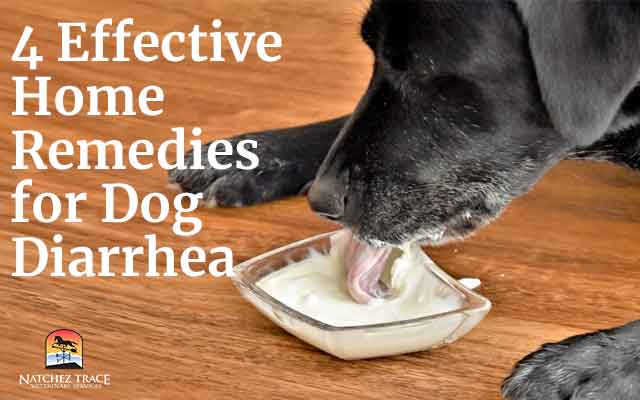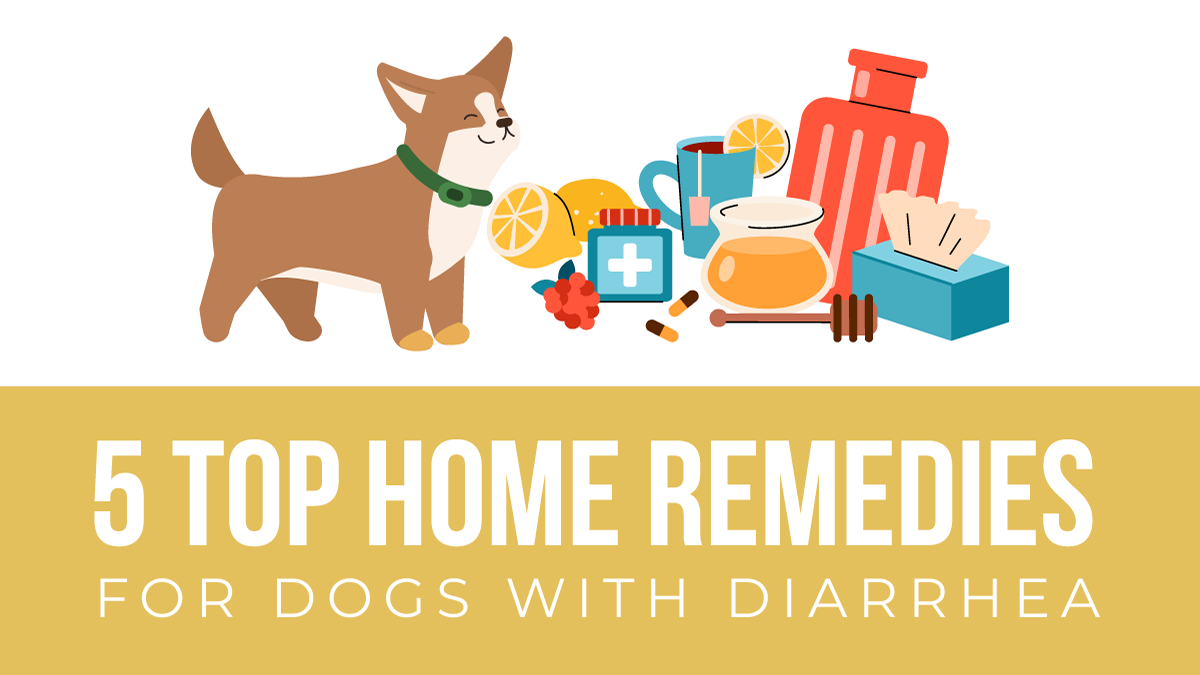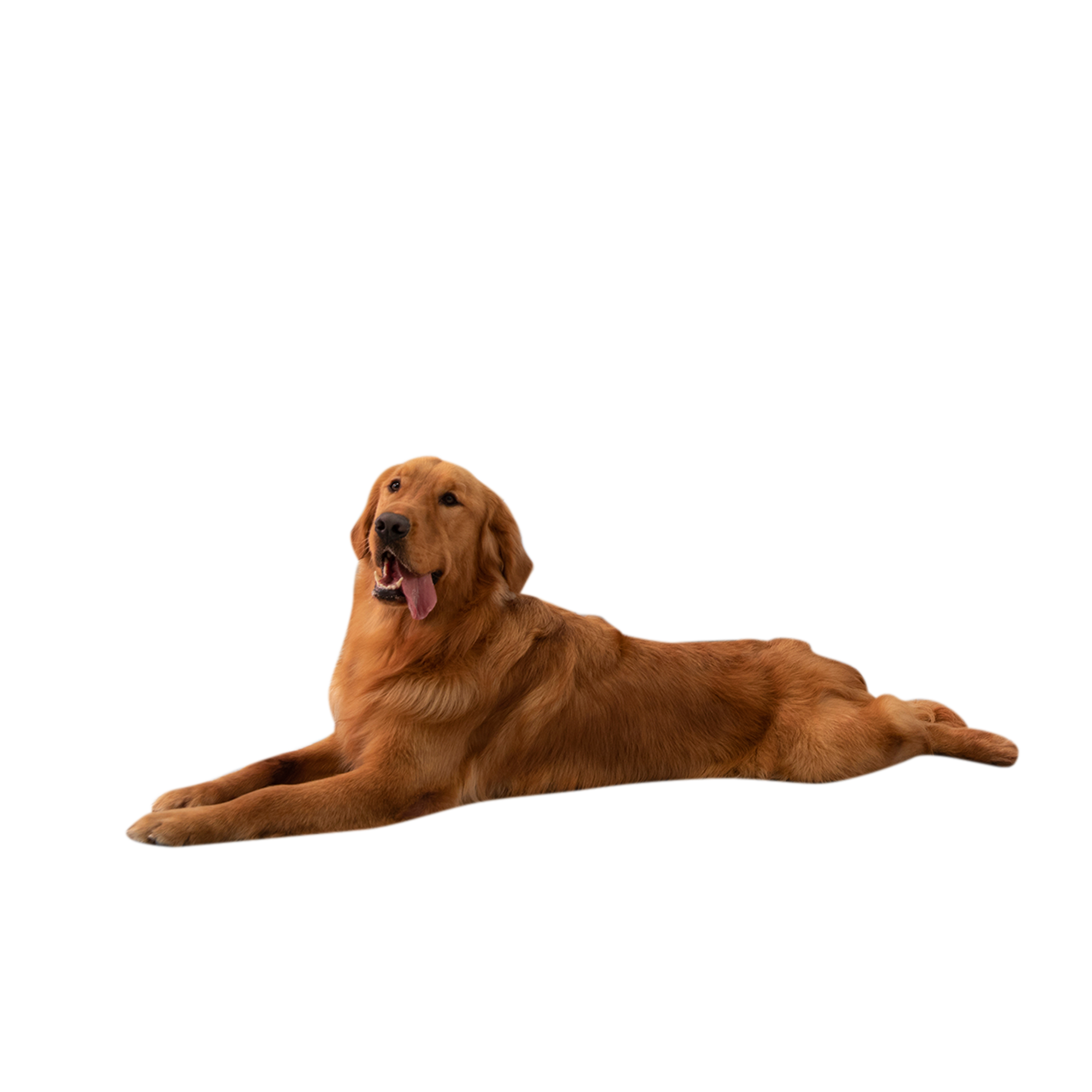To treat dehydration in dogs at home, provide small, frequent amounts of water regularly and encourage them to drink. You can also offer hydrating foods like water-rich fruits and vegetables, and consider using electrolyte solutions designed for pets.
Dehydration in dogs can be a serious issue that requires prompt attention. It is essential to recognize the signs of dehydration early and take immediate steps to address it. By following some simple home remedies and knowing when to seek veterinary care, you can help your furry companion recover quickly and stay healthy.
Remember, prevention is key to avoiding dehydration in dogs, so always have fresh water available and monitor your pet’s water intake.
Recognizing Dehydration In Dogs
Recognizing dehydration in dogs is crucial for their well-being. Keeping an eye out for signs of dehydration, such as excessive panting or dry gums, is important. If you notice any of these signs, prompt action is critical. Dehydration can lead to serious health issues, so offering your dog water immediately is essential. Additionally, providing hydrating treats can be beneficial. If the dehydration persists, contacting a veterinarian is recommended. Keeping a close watch on your dog’s water intake and ensuring they have access to water at all times is key to preventing dehydration.
Top Methods For Rehydrating Your Dog
To treat dehydration in dogs at home, ensure offering water regularly. Consider using electrolyte solutions recommended by your vet. Feeding moist foods can also help restore hydration levels.
Homemade Electrolyte Solutions
Dehydration in dogs can be a serious condition that requires immediate attention. Homemade electrolyte solutions can be a cost-effective and convenient way to help treat dehydration in dogs at home. These solutions replenish the lost fluids and provide essential minerals that are necessary for proper hydration.
Benefits of electrolyte solutions include restoring hydration levels, which can improve energy levels and overall well-being in dogs. Electrolyte solutions also help maintain proper organ function and support recovery from illnesses or strenuous activities.
Creating your own electrolyte solution is a simple and effective way to manage dehydration in dogs. One DIY recipe includes mixing equal parts of unsweetened coconut water, unflavored Pedialyte, and water. This homemade electrolyte solution can be administered to dogs orally using a syringe or a dropper.
Rehydrating Your Dog After Exercise Or Illness
Dehydration in dogs is a common concern, especially during hot weather or after exercise or illness. Proper rehydration is crucial for their health and well-being. If your dog shows signs of dehydration, such as excessive panting, dry gums, or sunken eyes, immediate action is necessary. To rehydrate your dog after exercise, provide access to fresh water, ensuring they drink slowly and in small quantities to avoid stomach upset.
Electrolyte solutions specifically made for pets can also help replenish their fluids and electrolyte balance. When it comes to post-exercise hydration best practices, it is important to offer water frequently and monitor their behavior. After illness or vomiting, rehydration may require a gradual approach.
Offering small amounts of water or ice cubes and gradually increasing the quantity can help prevent further stomach upset. Observe your dog closely and seek veterinary care if their condition worsens or if they are unable to drink.
Monitoring Your Dog’s Hydration Levels
It’s important to monitor your dog’s hydration levels to prevent and treat dehydration at home. One way to check if your dog is dehydrated is by performing a skin elasticity test. Gently pinch a fold of skin on the back of your dog’s neck and then let go. If the skin quickly returns to its normal position, your dog is well-hydrated. If the skin takes longer to regain its shape or stays elevated, it may indicate dehydration.
Another method to assess hydration is by checking your dog’s gum moisture. Carefully lift your dog’s lip and touch the gums with your finger. Wet and slippery gums indicate proper hydration, while dry and sticky gums may suggest dehydration. It’s essential to encourage your dog to drink fresh, clean water regularly to maintain hydration levels.
In severe cases of dehydration, it’s crucial to consult a veterinarian. Remember, staying vigilant and proactively addressing hydration needs is vital for your dog’s overall health and well-being.
When To Seek Veterinary Assistance
Dehydration in dogs is a serious condition that requires prompt attention. Signs of severe dehydration include sunken eyes, lethargy, and dry, tacky gums. If you notice these symptoms, it’s crucial to seek veterinary assistance immediately. However, professional evaluation is essential for all cases of dehydration to determine the best course of treatment.
It is important to closely monitor your dog’s water intake and consider factors that may contribute to dehydration, such as hot weather and excessive exercise. Remember, early recognition and treatment of dehydration can prevent serious health issues in your furry friend.
Preventive Measures For Maintaining Hydration
Encouraging Regular Water Intake: Ensure your dog has access to clean, fresh water at all times. You can also add a bit of flavor to the water to entice them to drink more frequently. Consider using a pet fountain to make water more appealing to your dog.
Balanced Diet Considerations: Provide a well-rounded diet that includes wet food, which contains higher moisture content. You can also add some water or low-sodium broth to the kibble to increase fluid intake. Avoid feeding excessive amounts of salty treats, as this can lead to dehydration.

Credit: franklintnvet.com
Final Tips For Safely Rehydrating Your Dog
| Final Tips for Safely Rehydrating Your Dog |
| Maintaining Clean Water Sources |
| Considering Environmental Factors |
To treat dehydration in dogs at home, always provide clean water sources. Consider environmental factors like temperature. Monitoring your dog’s water intake is crucial.
Encourage frequent water breaks during hot weather or after exercise. Choose a clean water bowl. Proper hydration is key to a healthy dog.

Credit: puppypoop.com
Frequently Asked Questions
What Is The Fastest Way To Rehydrate A Dog?
To rehydrate a dog quickly, offer small, frequent sips of water. Add electrolyte solutions to the water for faster hydration.
What To Give A Dog For Dehydration?
To help a dehydrated dog, offer small amounts of water or electrolyte solutions. Consult a vet for severe cases.
What Can I Give My Dog For Rehydration At Home?
You can give your dog electrolyte solutions, water with a bit of salt and sugar, or coconut water for rehydration at home. Avoid giving sports drinks or human medications to your dog. Remember to consult with a veterinarian if your dog is dehydrated.
How Do You Hydrate A Dog That Won’t Drink?
Encourage your dog to drink by offering fresh water in a clean bowl, or try diluting chicken broth or adding ice cubes for interest. Wetting their food can also help increase their hydration. If your dog still won’t drink, consult a veterinarian for further guidance.
Conclusion
Dehydration in dogs requires prompt treatment. Providing electrolytes and keeping them hydrated is crucial. Quick intervention can prevent serious health issues. Always consult a vet for professional advice. Remember, your furry companion relies on you for their well-being. Prioritize their hydration needs.

Hello, I’m Daniel Johnson. I Studied animal science at the University of Florida. I am a seasoned veterinarian deeply committed to ensuring the health and happiness of every dog. With extensive expertise in dog health, I contribute my knowledge to Dog Advisor Pro to help dog owners understand and address their pet’s health concerns. My passion is making veterinary advice accessible and understandable to all, allowing dog owners to provide the best care for their furry friends.


